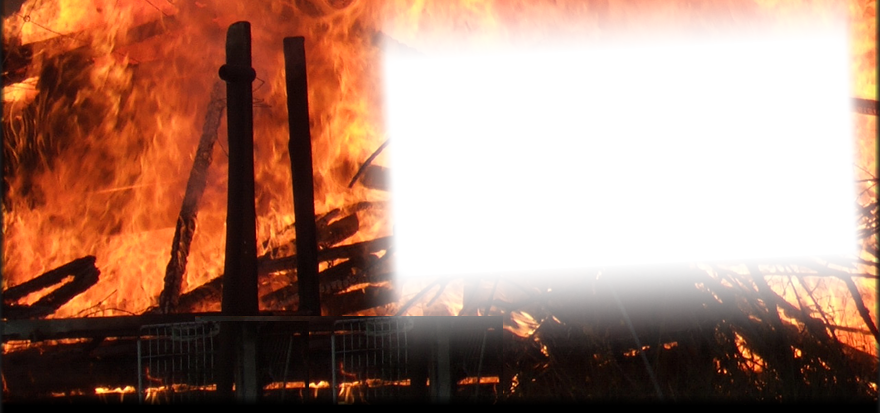Corporate/Wedding
Press
Radio Riot played to an enthusiastic crowd of students at Goodrich Hall for Winter Carnival.
The lights are flashing and the tables are gone. The air is hot and sweaty; you can’t hear anything over the pounding music. It’s Thursday night at Goodrich – a party is going on. From the packed dance floor, you might guess that a DJ is playing, but there’s no DJ: It’s Radio Riot. Typically when a band plays on campus, a significantly lower number of people show up. The ones who do stand close to the stage, dancing or swaying to the music. It’s less enthusiastic and, regardless of how good the band is, the crowd doesn’t get nearly as energetic as when a DJ is playing. Tonight, however, the students are soaking up the enthusiasm of a cover band called Radio Riot.
Radio Riot has been at the College before, four times to be exact. Last time the band was here, Security shut down the concert within 45 minutes because students started moshing and became “too excited.” This time, precautions were taken. There were at least 10 Security officers standing near the exits, and five hosts from All-Campus Entertainment (ACE) stood on the lookout for potential riots. The couches, usually pushed to the walls, were up against the stage, surrounded by caution tape to keep dancers from trying to climb onto the stage. Regardless, two or three brave (read: intoxicated) souls did climb onto the couches in attempt to get closer to the band. Even with these buffers, the band managed to interact with the crowd throughout the night – they often reached out and grabbed student’s hands, or sang directly to people close to the stage. During intense moments, they even shot streamers from onstage. From the noise level, you could tell that the students loved the songs they covered. As Radio Riot members explained to me, they choose songs that have been popular over the years and keep up with the most popular songs on iTunes charts. However, their biggest deciding factor on a song is how the crowds that they play for (mostly bars and college concerts) react to each song. As lead female vocalist Cina Smash said, the band enjoys when “the crowd gets excited about the music and sings along with us. It’s so much more fun than having them just sit and gape at us.” From the talk of the students at the show, most people liked the band as a refreshing change from a DJ. They especially appreciated its wide range of music, which included both new and classic songs that ranged from pop to punk. Since Radio Riot has both male and female lead singers, the band has greater flexibility in their choice of songs. Both singers had great voices, and easily interacted with the crowd to keep energy levels high. I asked the group why it decided to be a cover band, and its response was simple. “We all had our original projects going, and realized that it was really hard to make it as original artists,” said Marco Ribeiro, Radio Riot’s lead male vocalist. The band members came up together with the decision to keep working on their individual projects and to remain in separate bands, while still earning a livable income for doing what they loved, playing for enthusiastic crowds. All of the members continue with their other projects but enjoy performing shows as Radio Riot every weekend. According to John Faughey, who plays guitar and keyboard, and sings in the band, “We love playing concerts and bars, but we’re also trying to break into the wedding circuit.”
To read more about Radio Riot and find upcoming shows, visit www.radioriot.net.Article taken from The Williams
Record - http://record.williams.edu/wp URL to article: http://record.williams.edu/wp/?p=12957

